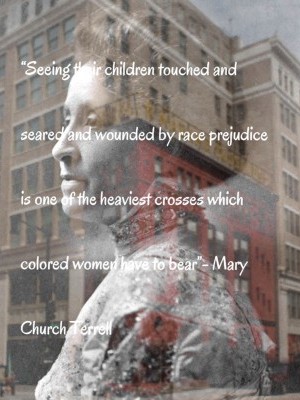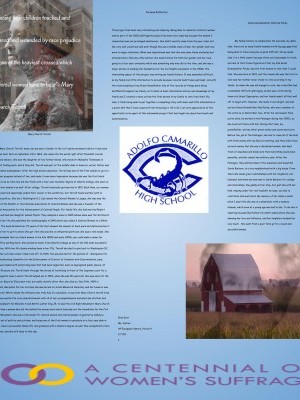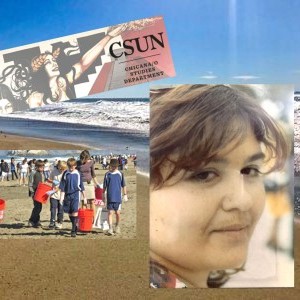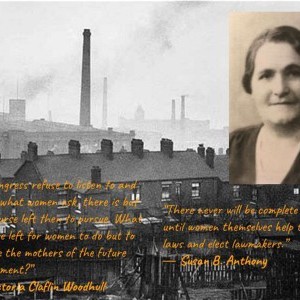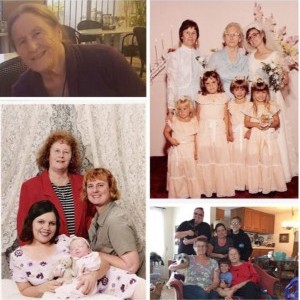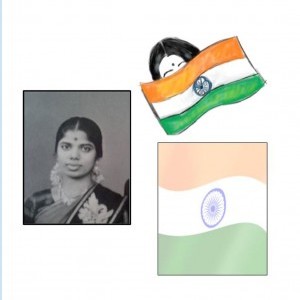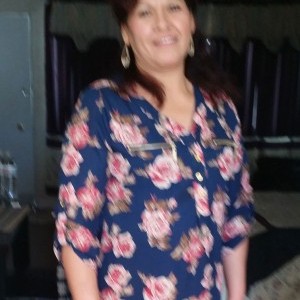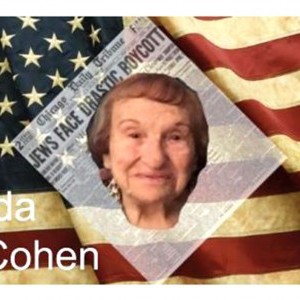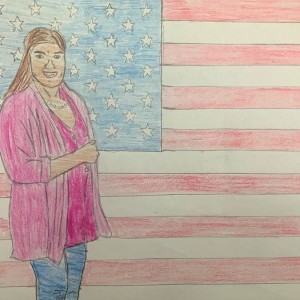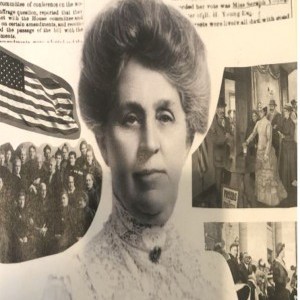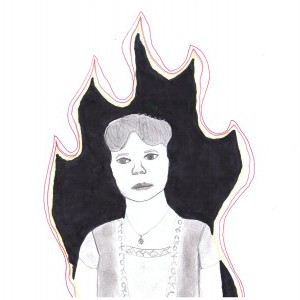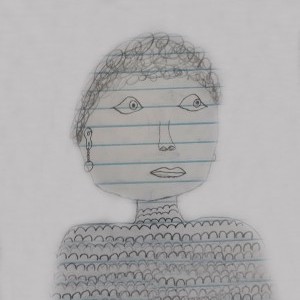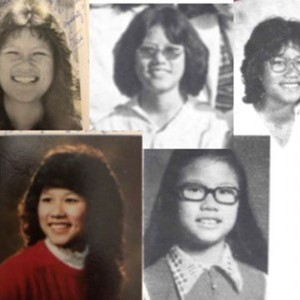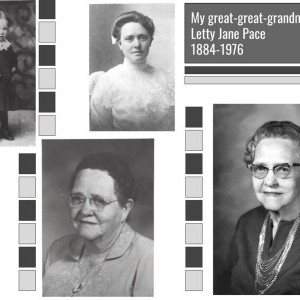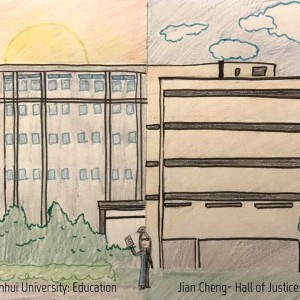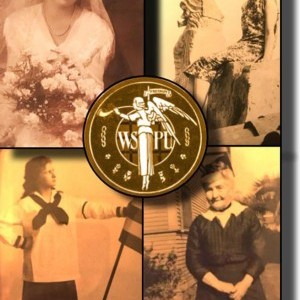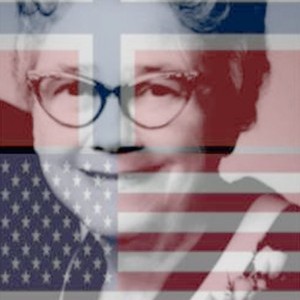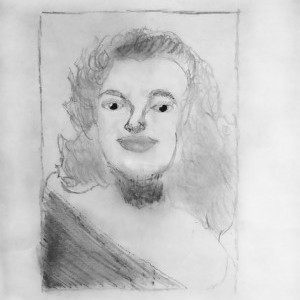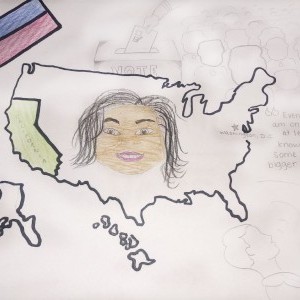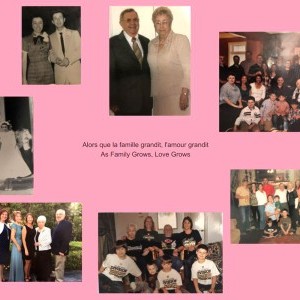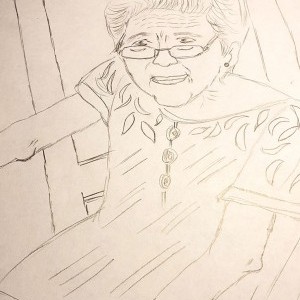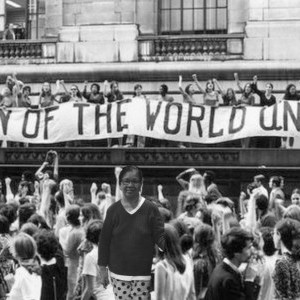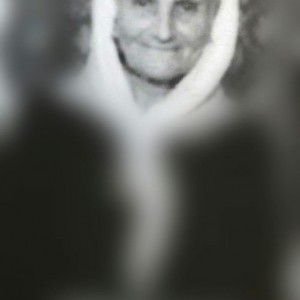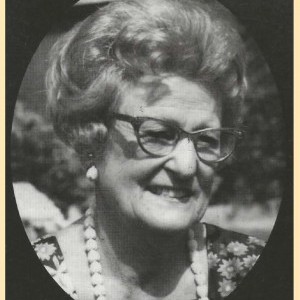Pete Gotto
Adolfo Camarillo High School | Camarillo, CA | 10th
Inspirational Family Member
Great-Grandma Purdy
My family history is complicated. On one side, my dad’s side, there are so many family members with big age gaps that being able to trace everyone is quite difficult. On my mom’s side it is a little easier because there are less people to track, and due to that I have figured out that my late great-grandmother Purdy, was the first woman to vote that I could find. She was born in 1922, and the reason she was the first to vote was her mother never chose to vote according to my family. So when she was old enough to vote, she voted.
She had a somewhat difficult upbringing, as she was a child during America’s Great Depression, and her family wasn’t all that well off to begin with. However, she made it out alright, and met my late great-grandfather Bud Purdy, who was a member of the Air Force in World War II. After his retirement from active duty, he worked in the Pentagon during the 1950s, so she lived out in Washington, D.C. with him. During that time, my grandfather, and my other great-uncles and aunts were born. Before the job at the Pentagon, she had to raise all of the kids with little money with my Bud out working, and they didn’t have as much money.
But she was a disciplined woman, who kept track of expenses and made sure that everything would move smoothly, and she raised two military sons. After the Pentagon, they settled down in expensive and beautiful Santa Barbara, in a nice neighborhood with a big house. From there she made great relationships with her neighbors and her husband. When my mom was in Santa Barbara for college and internships, my great-grandma Purdy let her stay under her roof but it wouldn’t be easy. You had to contribute and work hard. My memory of my great-grandma sadly is limited. When I was little she was in a wheelchair with a memory disease, which even at a young age was sad to see. To me she is inspiring because Bud before his death asked where she was, which showed her love and influence and her neighbors missed her very much.
Historical Figure I Admire
Mary Church Terrell
Mary Church Terrell, many can say, was a founder in the Civil Rights movement before it was even called as such. Born on September 23, 1863, she came into the world right after President Lincoln abolished slavery. She was the daughter of two former slaves, who moved to Memphis, Tennessee, in hopes of finding work, which they did. Terrell was part of the middle class in America, as her father was a successful businessman. After her high school education, Terrell was one of the first women to go to a four-year program instead of two. This was even more impressive because she was the first black woman to do so. Not only did she finish with a four-year bachelor degree at Oberlin College, she went on to earn her master’s as well.
After college, Terrell eventually got married in 1891. Back then, a woman getting married essentially ended her career in the workforce. But Terrell found another path in activism politics. She led a Washington DC club named the Colored Women's League and she also was the leader of the NACW, or the National Association of Colored Women. She was also a founder of the National Association for the Advancement of Colored People. For family life, she had married Robert Terrell and had one daughter named Phyllis. They adopted a niece in 1805 whose name was Terrell Church. Later, in 1940, she published her autobiography which was called A Colored Woman in a White World.
The book detailed her seventy years of life that showed the amount of hard work and determination it took for her to get to where she got. Not only was she an influential politician, she was a role model. She set an example that as a black woman in the late 1800s and early 1900s, you could make a name for yourself by working hard. She earned an honor from Oberlin College, one of a hundred of the most successful graduates. With her life slowly winding down in her seventies, Terrell decided to return to Washington DC, where her activism career really took off. In 1949, she was elected for the position of chairperson for the Coordinating Committee for the Enforcement of the District of Columbia Anti-Discrimination Laws, which was tasked with enforcing laws that had been neglected, such as segregated public places. At almost ninety years old, in 1953 Terrell went through the stress of testifying in front of the Supreme Court for a desegregation case which she helped to win. She was alive for the Brown vs. Board of Education hearing. But sadly, shortly after that, she died on July 24, 1954 in Annapolis, Maryland. For her activism she was buried in Lincoln Memorial Cemetery and her house is now an historic site, which shows the influence she truly had.
In conclusion, to say that Mary Church Terrell lived a very successful life is an understatement with all of her accomplishments. What she did was lay the behind-the-scenes groundwork for Malcolm X and Martin Luther King, Jr. to lead the Civil Rights movement. She was a role model for colored women and colored people in general by making a career out of politics and activism, and being one of the first women to graduate not only on a four-year plan in college but she earned a masters degree as well. She had a successful family life, and exemplified a hero back then, and she still does to this day.
What the Project Means to Me
This project has been very interesting and inspiring. Being able to research historic women and be part of the 2020 suffragette project has been very inspiring because the women I researched were not privileged whatsoever. Mary Church Terrell didn’t exactly come from the poor class, but she very well could have and even though she was a middle class citizen, her gender and race were major obstacles. What was inspirational was that she overcame these obstacles and achieved more than any other person. She made history for both her gender and her race, going to a four-year university which was something only men did at the time, and she was a major person in building the foundation for the Civil Rights movement in the 1950s.
The interesting aspect of this project was writing my family history. It was somewhat difficult, as my family had little information to provide because records hadn’t been well kept, and with the recent passing of my great grandfather lots of the records of things were being shuffled throughout my family. So I relied on basic information and my own knowledge of my family and I created a story on how the first person in my family to vote lived their life. Also, I think being able to put together a compelling story with basic and little information is a great skill that I have acquired from this project. All in all, I am very appreciative of the opportunity to be a part of this nationwide project that has taught me about hard work and determination.
Explore the Archive
More From This Class
Click on the thumbnails below to view each student's work.Deadline Extended
There's still time to join Women Leading the Way.
Become a part of our storytelling archive. Enroll your class today.
Join the Project


